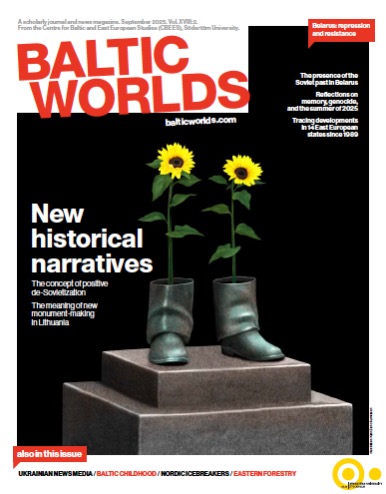Ukrainian Greek Catholic Church as an agent of the social life in Ukraine
Ukrainian Greek-Catholic Church (UGCC) is only one of several Eastern-Christian communities which actively take part in the Ukrainian social life. Moreover, statistical data and results of the social surveys show that the members of UGCC are not numerous and that structures of this church are strongly geographically limited. However, during the events related to the Euromaidan, it turned out that UGCC was able to make an important influence on the social developments referred to as the all-Ukrainian social level. This was possible due to the relevant social and symbolic capital which UGCC has on its disposal. This article aims to characterize the elements of the social and symbolic capital that enabled UGCC to become such important agent in the contemporary social transformations in Ukraine.

 Issue 2025, 2:
Issue 2025, 2: